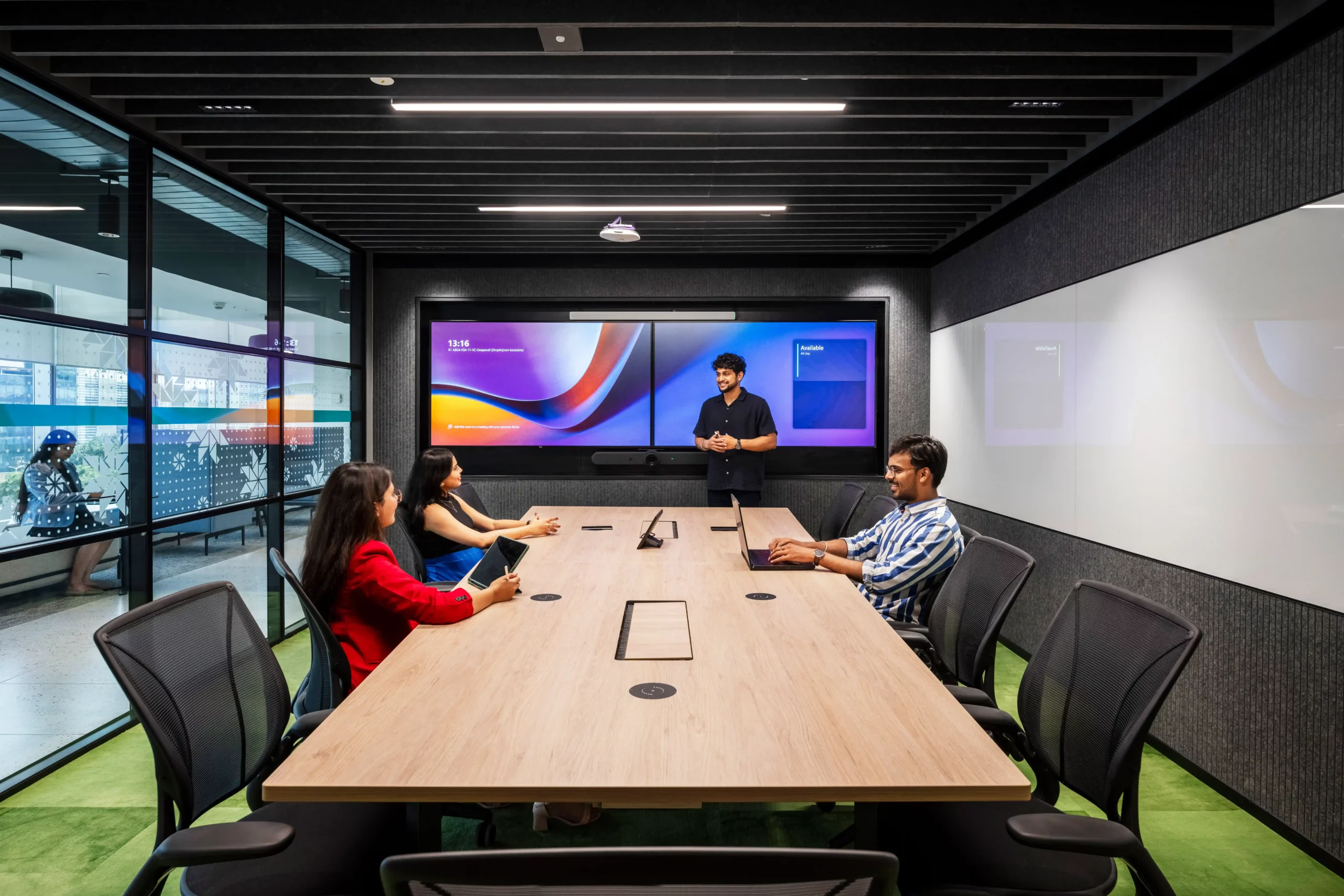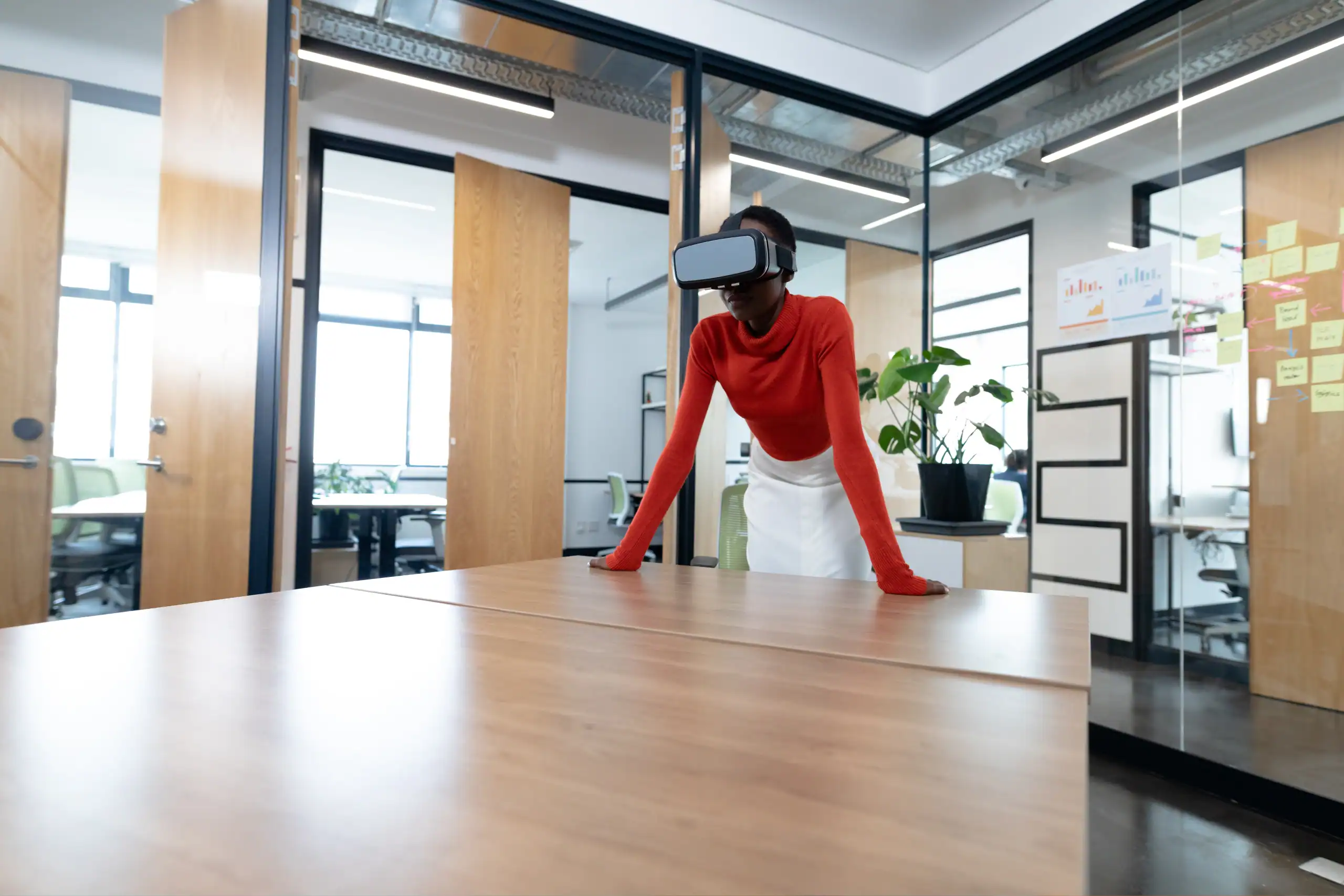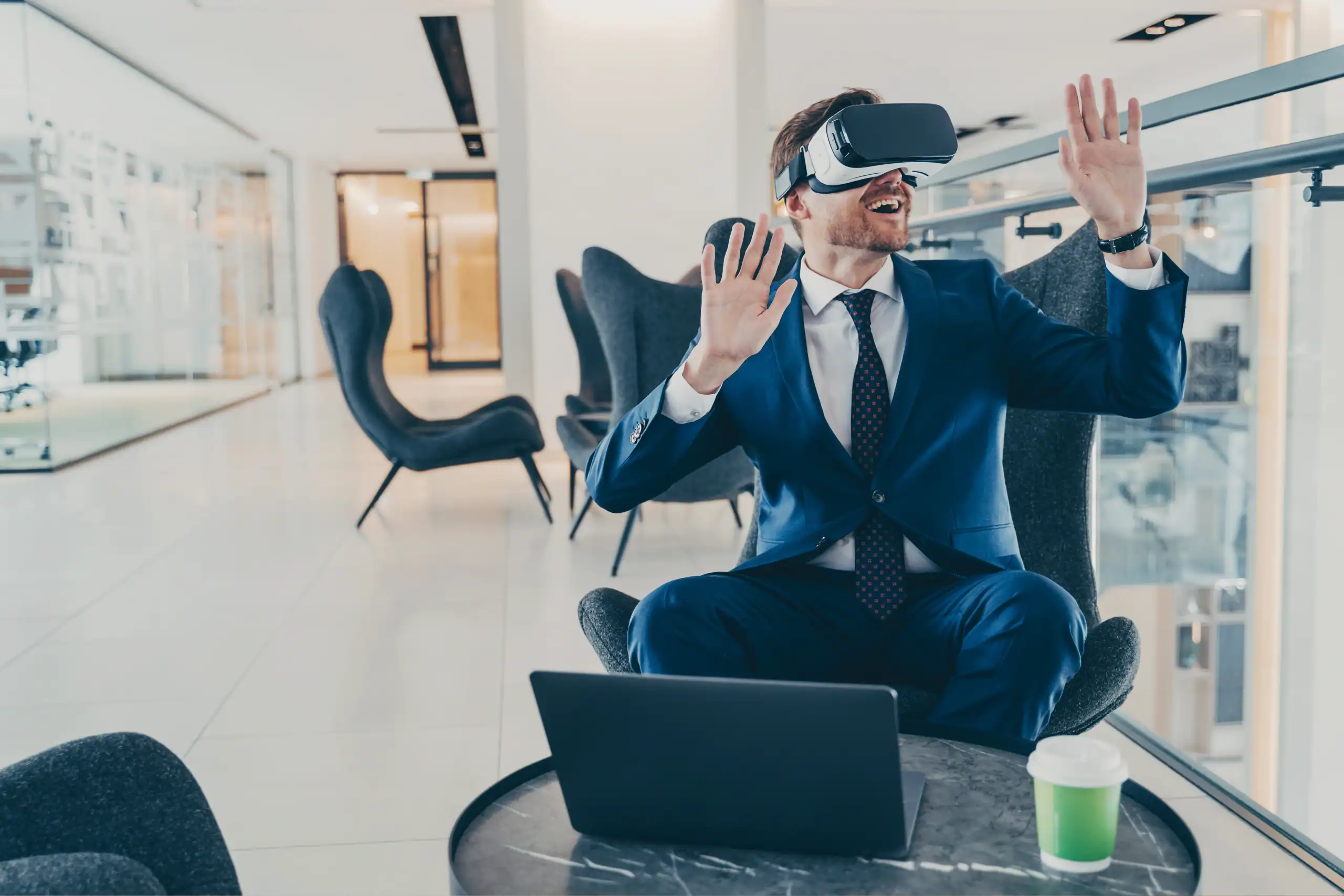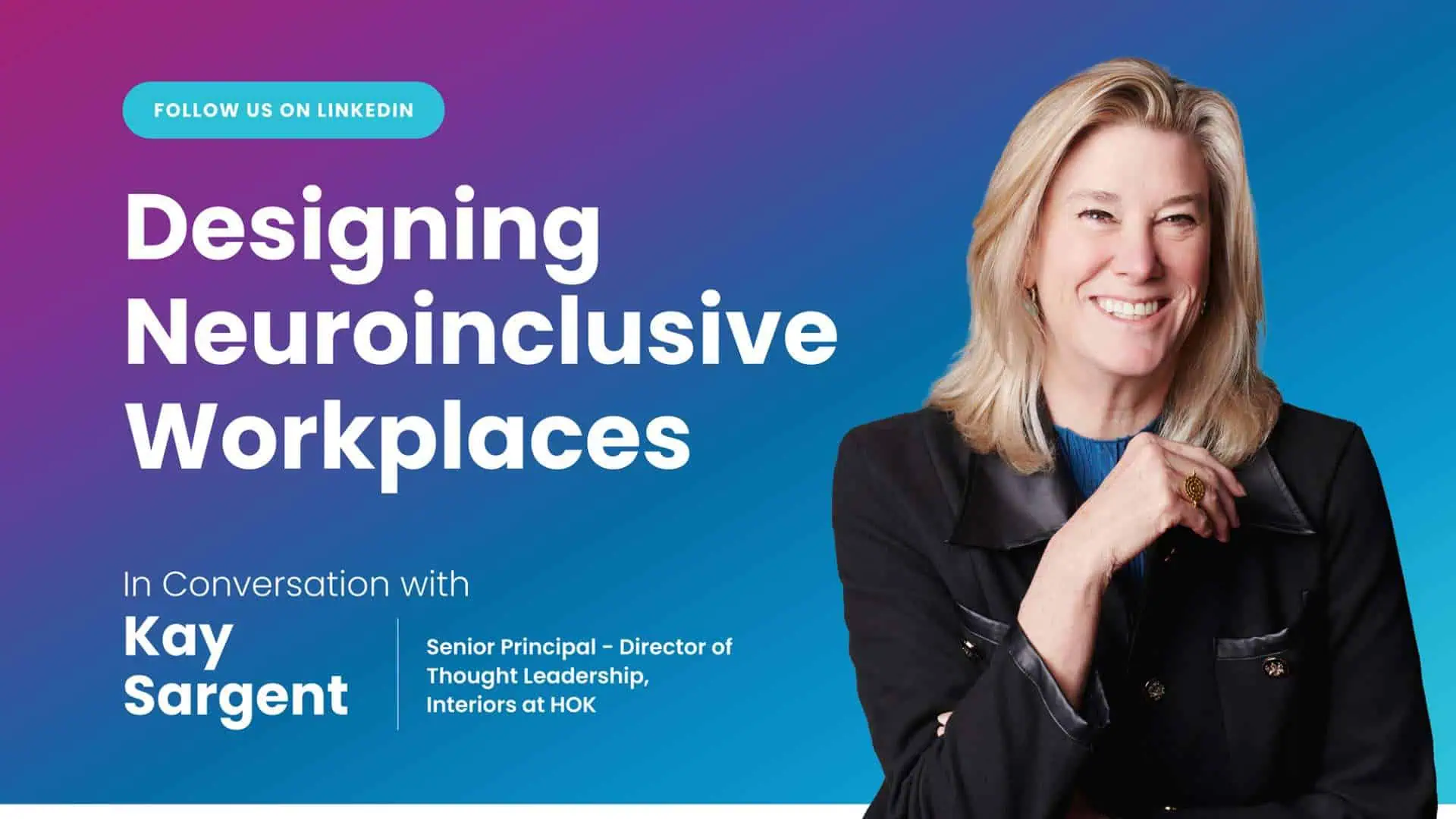All eyes are going to be on the workplace post-pandemic–and how it will shape, evolve and transform to accommodate the returning workforce is the topic du jour. What workplaces will look and function like–and how they will evolve to their next capacity, is going to be on everyone’s radar. It is also going to be a chief consideration of some of the topmost employers and organizations–as well as active, driven professionals.
Hence, aspects that played a large part in their creation and evolution will rise to a level of even further prominence, out of which, there will be one that will stand out as the most important: Data. It was a major factor that helped shaped the workplace before the pandemic. Post COVID-19–it will once again be something of an absolutely essential consideration for employers, employees and organizations. In fact, it will be central to the movement of getting people safely back to their workplaces post-pandemic.
It is expected to make a big impact. Let us explore some ways as to how.
Affecting Key Decision Making
Needless to say, some big decisions will be made–and a lot already have been made. Using data to leverage insight into employees and their behavior is nothing new in the ongoing trend of workplace digital transformation. But now, it will gain major traction–and come into play in most major aspects, when it comes to ensuring that the workplace once again becomes a safe haven for productivity, positive employee interactions and general employee well-being.
Data will play a major part in ‘reopening’, as it has already been established. As mentioned by Tableau, it will entail various parts of the overall strategy to bring people back. This includes acreation of a COVID-19 task force, tracking regional policies, informing workspace planning and analyzing employee survey data. The form and shape of work-cultures and thriving workplaces post-pandemic will be heavily dependent on data and how it will inform some of the most important business and organizational leaders.
Decisions, of course, will be informed by research and data harvesting. Both qualitative and quantitative research will inform aspects that will shape the future of the workplace. In the case of the former–informed hypothesis will be derived from things like user interviews, focus groups, surveys and both overt and inert observations–to gauge how employees feel about both changes in their workplace–and aspects of working in ‘the new normal’. In the case of the latter, hard data and numbers can be used to determine the effectiveness (or lack thereof) of the various elements; what works and doesn’t work–and the key areas of improvement and iteration.
Data-driven structures will also affect the overall nature of how workplaces function and evolve as well. A prominent example of this is the ‘Hub and Spoke’ model. Conceptualized as a response to the pandemic–it offers imagining the traditional workplace in a radical way. It involves the division of the workplace into a central ‘hub’ (the main office area) and the various ‘spokes’ (surrounding satellite offices). Such a design not only reportedly adds to the overall business function of the organizations, it enables making data-driven decisions much faster and easier. It allows the workplace to thrive as a data-friendly haven for the organization.
Gaining Critical Business Advantage
Yes, of course, there is an upside. Data can have a significant impact on an organization’s business and can often be the critical factor in ensuring that it progresses smoothly even in adverse conditions. As reported, 83% of data-driven companies in India gained a critical advantage during the pandemic. Out of which, 76% were optimistic about the future health of the organization, and they identified some key percentages that had a direct impact on the organization and business.
These include: A 62% increase in effective communication with stakeholders, 58% speed increase in making decisions, 56% increasing cross-team collaboration and 48% speed in making businesses more agile. These advantages have played a major role in companies to traverse the pandemic successfully and avoid business missteps and discrepancies, as compared to the non-data driven companies, which have been affected in adverse capacities.
Then there is the perspective of employee wellness. Something which we know has a direct impact on business results. Data will be used to measure various geographical and health risks–which then will need to be systematically eliminated. It will also be used to measure the effectiveness of the communication, supporting remote staff via measures and avoid redundancy and identify new focus areas for employee improvement.
Solve the ‘Safety vs Privacy’ Debate
Aspects like digital tracking and monitoring of employees will play a vital role in ensuring healthy boundaries, spacing and overall safety of employees. But this will no doubt cross over into an uncanny valley where questions may arise on how much it intrudes on their privacy. Employees may find it stifling and uncomfortable–despite the safekeeping it brings. Catch-22 is that the proactive measures employers take to restore the necessity of the workplace will collide with the all-important need for privacy.
There’s a healthy debate to be had about this, with both employer and employee perspectives being justified. How much is it worth trading your privacy to be safe at the workplace? And does one view this ‘impact’ caused by data to be positive or negative? There is no doubt that as life resumes, these conversations will continue. And will eventually lead to better outcomes and solutions.
Geospatial data will, hence, play a role in helping “find a middle ground” between the two: learning to identify boundaries–and ensuring there always remains a thin line between what’s acceptable and what’s not. As stated by Privacy International, it will be used to “differentiate between the various forms of health surveillance, policing, commercial exploitation (and some attempts at legitimization), and surveillance opportunism.”
In Conclusion
The phrase “Data is king” has often been quoted and repeated verbatim and ad nauseum. But when it comes to the world of workplaces, data is more like oxygen. It was a major force of transformation in the world pre-corona, but after the pandemic–it has been a vital survival catalyst and a lifeline to the workplace industry.
As we re-acclimate to the life post-pandemic, it’s going to be more important than ever, and it’s important for professionals all over to not understate it.






